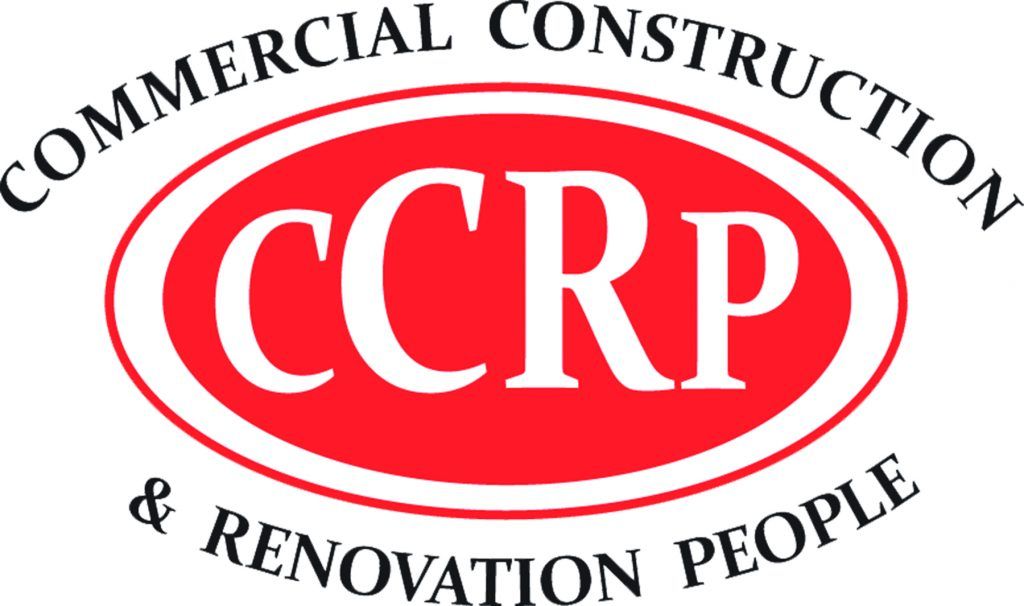In today’s interconnected global economy, two terms often dominate conversations about business efficiency, competitiveness, and customer satisfaction: logistics and supply chain management (SCM). Though closely related and frequently used interchangeably, they are distinct concepts that work hand-in-hand to ensure goods and services move seamlessly from production to consumption. To fully appreciate their importance, it is necessary to understand their definitions, roles, and how they interact within modern industries.
Understanding Logistics
Logistics refers to the detailed coordination of the movement and storage of goods, services, and information throughout the supply chain. Traditionally, logistics focuses on activities that ensure products reach the right place, at the right time, in the right condition, and at an optimal cost.
Core Functions of Logistics
- Transportation – The movement of goods from suppliers to manufacturers, between manufacturing sites, and finally to retailers or end-customers.
- Warehousing – Storing products efficiently while ensuring easy access, inventory control, and preservation of quality.
- Inventory Management – Balancing stock levels to meet demand while avoiding overstocking or shortages.
- Order Fulfillment – Processing customer orders accurately and delivering them promptly.
- Packaging and Handling – Protecting goods during storage and transit while optimizing space utilization.
- Reverse Logistics – Managing returns, recycling, repairs, and disposal of products.
Goals of Logistics
The primary objective of logistics is customer satisfaction. Efficient logistics ensures that products are available when and where customers need them. Secondary goals include cost reduction, risk minimization, and supporting sustainability initiatives by optimizing transport routes and reducing waste.
What is Supply Chain Management (SCM)?
While logistics is a component of the broader system, Supply Chain Management is the overarching discipline that coordinates all activities involved in sourcing, producing, and delivering goods. SCM covers the end-to-end process from raw material acquisition to delivering the final product to consumers and even includes post-sale services.
Key Elements of SCM
- Procurement and Sourcing – Finding reliable suppliers, negotiating contracts, and ensuring access to quality raw materials. Many businesses now explore China Sourcing Alternative strategies to diversify risk and reduce dependency on a single region.
- Production Planning – Coordinating manufacturing schedules, capacity utilization, and resource allocation.
- Logistics – The transportation, warehousing, and distribution activities that move goods across the chain.
- Demand Planning and Forecasting – Using data and analytics to predict customer demand and align production accordingly.
- Collaboration and Relationship Management – Building strong partnerships with suppliers, distributors, and customers.
- Risk Management – Identifying and mitigating potential disruptions such as natural disasters, labor strikes, or geopolitical issues.
Strategic Role of SCM
SCM is not just about moving goods; it is about strategically integrating business processes across organizations. A well-managed supply chain can:
- Reduce operational costs
- Increase efficiency
- Improve customer service
- Enhance resilience against disruptions
- Create competitive advantages through innovation and collaboration
Logistics vs. Supply Chain Management: Key Differences
Though logistics and supply chain management overlap, they differ in scope and focus:
| Aspect | Logistics | Supply Chain Management (SCM) |
| Scope | Focuses mainly on transportation, storage, and distribution of goods. | Encompasses procurement, production, logistics, and customer service. |
| Objective | Ensure timely delivery at the lowest cost. | Optimize the entire end-to-end process for efficiency, resilience, and competitiveness. |
| Perspective | Operational and tactical. | Strategic and holistic. |
| Focus Area | Movement and storage of goods. | Integration of all partners and processes in the chain. |
| Time Horizon | Short- to medium-term efficiency. | Long-term value creation and competitiveness. |
In simple terms, logistics is like one cog in a larger machine, while SCM is the framework that ensures all cogs work together smoothly.
Importance of Logistics and SCM in Business
1. Enhancing Customer Satisfaction
Today’s customers expect fast, reliable, and affordable deliveries. Both logistics and SCM play critical roles in ensuring products are delivered on time and in good condition, boosting brand loyalty.
2. Cost Efficiency
By optimizing transportation routes, managing inventory, and reducing waste, logistics helps cut costs. Meanwhile, SCM enhances efficiency by streamlining supplier relationships, production, and demand planning.
3. Globalization
With businesses sourcing raw materials globally and selling to international markets, robust logistics and SCM systems are crucial for navigating complex cross-border operations, tariffs, and customs requirements.
4. Risk Management
Natural disasters, pandemics, and geopolitical tensions can disrupt supply chains. SCM builds resilience by diversifying suppliers and planning contingencies, while logistics ensures adaptive transportation and storage strategies.
5. Sustainability
Consumers and governments increasingly demand sustainable practices. Green logistics (such as eco-friendly packaging and fuel-efficient transportation) and responsible sourcing in SCM help companies reduce their carbon footprint and build sustainable brands.
Modern Trends Shaping Logistics and SCM
- Digital Transformation – Technologies like Artificial Intelligence (AI), Machine Learning (ML), and the Internet of Things (IoT) are revolutionizing forecasting, inventory management, and real-time tracking.
- Automation and Robotics – Warehouses now employ systems such as the AutoStore system, which uses robotics to store and retrieve goods with high efficiency.
- Blockchain Technology – Enhances transparency and security by providing immutable records of transactions and product journeys.
- E-Commerce Growth – The boom in online shopping has raised expectations for same-day or next-day deliveries, pushing companies to redesign logistics networks.
- Resilience Building – The COVID-19 pandemic highlighted vulnerabilities in global supply chains. Companies now emphasize risk management, nearshoring, and multi-sourcing strategies.
- Sustainability Initiatives – More businesses are adopting renewable energy in logistics fleets, reducing packaging waste, and promoting circular economy practices.
Real-World Examples
- Amazon – A global leader in logistics innovation, Amazon uses advanced algorithms, robotics, and an extensive distribution network to deliver products rapidly. Their SCM integrates suppliers, warehouses, and delivery systems seamlessly.
- Toyota – Known for its Just-In-Time (JIT) supply chain strategy, Toyota minimizes inventory costs by ensuring parts arrive only as needed, requiring highly reliable logistics coordination.
- Walmart – Its SCM relies on cutting-edge data analytics to forecast demand, negotiate favorable terms with suppliers, and maintain efficient logistics networks to keep costs low.
Challenges in Logistics and SCM
Despite advancements, businesses face ongoing challenges:
- Rising Fuel and Transportation Costs – Affect overall logistics expenses.
- Supply Chain Disruptions – Geopolitical instability, trade wars, and global pandemics expose vulnerabilities.
- Labor Shortages – Particularly in trucking and warehousing.
- Technological Integration – Adopting and scaling digital solutions requires significant investment.
- Sustainability Pressures – Balancing cost efficiency with eco-friendly practices is often difficult.
The Future of Logistics and SCM
Looking ahead, logistics and supply chain management will continue evolving to meet changing customer expectations, environmental concerns, and technological innovations. The future will likely focus on:
- Hyper-automation with AI-driven decision-making.
- Predictive analytics to anticipate disruptions and demand patterns.
- Sustainable supply chains with green energy fleets and circular models.
- Personalized logistics tailored to individual consumer preferences.
- Stronger collaboration between businesses, governments, and technology providers.
Ultimately, companies that invest in advanced logistics and integrated SCM systems will enjoy greater resilience, efficiency, and competitiveness.
Conclusion
Logistics and supply chain management are the lifeblood of modern commerce. Logistics ensures the efficient movement and storage of goods, while supply chain management orchestrates the end-to-end coordination of sourcing, production, and delivery. Together, they empower businesses to deliver value to customers, optimize costs, and build resilience against disruptions.
As globalization deepens, consumer expectations rise, and sustainability takes center stage, mastering logistics and SCM will no longer be optional—it will be essential for survival and growth in the competitive marketplace.
























